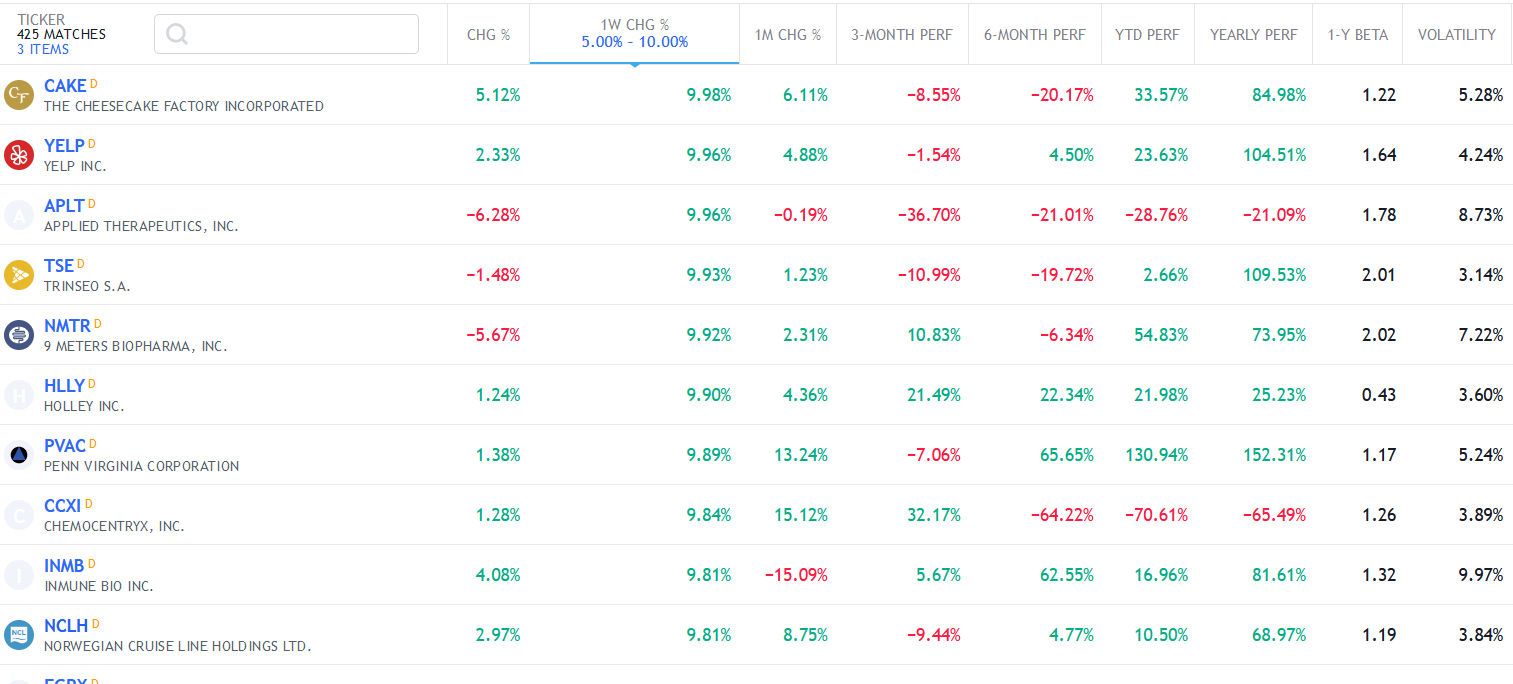 West Texas Intermediate and Brent crude extended Wednesdays losses after private data showed that a gain in US inventories last week exceeded expectations by more than four times, rekindling fears of a global supply overhang, while Saudi Arabia output may be rising further.
West Texas Intermediate and Brent crude extended Wednesdays losses after private data showed that a gain in US inventories last week exceeded expectations by more than four times, rekindling fears of a global supply overhang, while Saudi Arabia output may be rising further.
US crude for delivery in April tumbled 3.54% to $50.95 per barrel by 8:26 GMT, having shifted between $51.43 and $50.92. The contract slid 2.71% yesterday to $52.82.
Meanwhile on the ICE, Brent for settlement in the same month traded 2.13% lower at $59.24 a barrel, holding in a daily range of $59.65-$59.17. The European crude benchmark slid 3.20% yesterday to $60.53, settling at a premium of $7.71 to its US counterpart. The gap widened to $8.29 on Thursday.
Oil prices have been drawing support in the past four weeks as a steep drop in the number of active US oil rigs spurred speculations that the market may soon reach a balanced state. Drillers in the US idled 84 rigs last week, Baker Hughes Inc. reported on Friday, bringing the total count to 1 056, the fewest since August 2011. Their number has fallen by 519, or 33%, over the past ten weeks.
However, many analysts saw oils recent rally as overdone and not reflecting the markets current state. Goldman Sachs said on Monday that the 10-week long drop in US rig counts won’t suffice to halt output growth and that lower prices may be needed to balance the market as US production could still surge by 600 000 bpd in the fourth quarter from a year earlier.
Supporting those analysts view, the American Petroleum Institute reported late on Wednesday that US crude oil inventories surged by 14.3 million barrels last week, vastly exceeding projections for a gain of 3.1 million barrels. If confirmed by the Energy Information Today, this would be the biggest weekly gain on records dating back to 1982. The trade association also reported that motor gasoline inventories rose by 1.3 million barrels last week, while distillate fuel supplies slid by 2.7 million.
However, APIs data are deemed less reliable than EIAs report, as they are based on voluntary information provided by operators of refineries, pipelines and bulk terminals, while the government requires reports be filed with the EIA. Analysts project the government agency will report at 16:00 GMT on Thursday that crude inventories rose by 3.2 million barrels in the week ended February 13th, while gasoline stockpiles gained 0.17 million and distillate fuel supplies fell further by 2.05 million barrels.
“The price rise of 34 percent since mid-Jan has largely been fuelled by cuts to capital spending and falling U.S. rig counts, which have yet to result in a fall in near-term production,” Australia and New Zealand Banking Group said.
Further pressuring the market, CNBC reported that Saudi Arabia may further boost its production pace.
PIRA Energy said in a note, cited by CNBC: “In discussions with Saudi customers and after reviewing recent U.S. refiner earnings calls, it is becoming clear that production from Saudi Arabia is rising. Saudi production had been averaging around 9.7 million barrels per day since last June but … demand has pushed output to just under, if not above, 10 (million).”
Saudi Arabia, OPECs leading producer, steered the group into retaining its 30-million-bpd production quota at its latest scheduled meeting on November 27th in Vienna, entering a defensive stance to protect the 12 members market share and curb US shale oil output.
US rates, dollar
Providing support to some extent, minutes from Feds policy meeting in January revealed that many voting officials favored keeping rates at rock bottom “for a longer” time, citing slow wage growth, a strong dollar and international turmoil.
Aaron Kohli, an interest-rate strategist at BNP Paribas SA in New York, said, cited by Bloomberg: “They talked about how inflation expectations are not rock solid. That was reassuring to the markets and responsible for most of the rally. They were fairly dovish minutes.”
Delaying the expected interest rate hike would mean ample liquidity for a prolonged time, which benefits riskier assets. The US dollar retreated from sessions highs following the release of the report. A weaker greenback benefits dollar-denominated commodities as it makes them cheaper for foreign currency holders and boosts their appeal as an alternative investment.
The FOMC reaffirmed its after-meeting statement of a “patient” stance on when interest rates could be hiked, even as the labor market showed a robust recovery. However, oil prices that fell by almost 50% last year and touched 6-year lows in January have fanned disinflationary concerns, with inflation in the US running below the central banks officially targeted 2% for more than 2-1/2 years.
Fed Chairwoman Janet Yellen has said FOMC members will want to be “reasonably confident” that inflation will reach 2% over time before lifting borrowing costs and has clarified that the “patient” phrase means an interest rate hike is unlikely for at least two meetings. Committee members worried in January that removing the pledge to be “patient” would commit them to a timetable that might cause financial markets to overreact.
In economic news, Japans imports fell by an annualized 9.0% in January, compared to a projected 4.8% decline, but exports surged 17%, exceeding forecasts for an 11.9% gain. Crude imports fell 7.2% from a year earlier.
The Japanese economy swung out of recession in the fourth quarter of 2014, expanding by the annualized rate of 2.2%, but growth fell short of expectations on disappointing household and corporate spending.
Market players eyed todays initial jobless claims figures from the US and manufacturing activity in the Philadelphia region, while a slew of preliminary manufacturing and services PMIs are due on Friday.
Pivot points
According to Binary Tribune’s daily analysis, West Texas Intermediate April futures’ central pivot point is at $52.68. In case the contract breaches the first resistance level at $54.36, it may rise to $55.90. Should the second key resistance be broken, the US benchmark may attempt to advance $57.58.
If the contract manages to breach the first key support at $51.14, it might come to test $49.46. With this second support broken, movement to the downside could continue to $47.92.
Meanwhile, April’s central pivot point is projected at $60.75. The contract will see its first resistance level at $62.24. If breached, it may rise and test $63.96. In case the second key resistance is broken, the European crude benchmark may attempt to advance $65.45.
If Brent manages to penetrate the S1 level at $59.03, it could continue down to test $57.54. With the second support broken, downside movement may extend to $55.82 per barrel.





